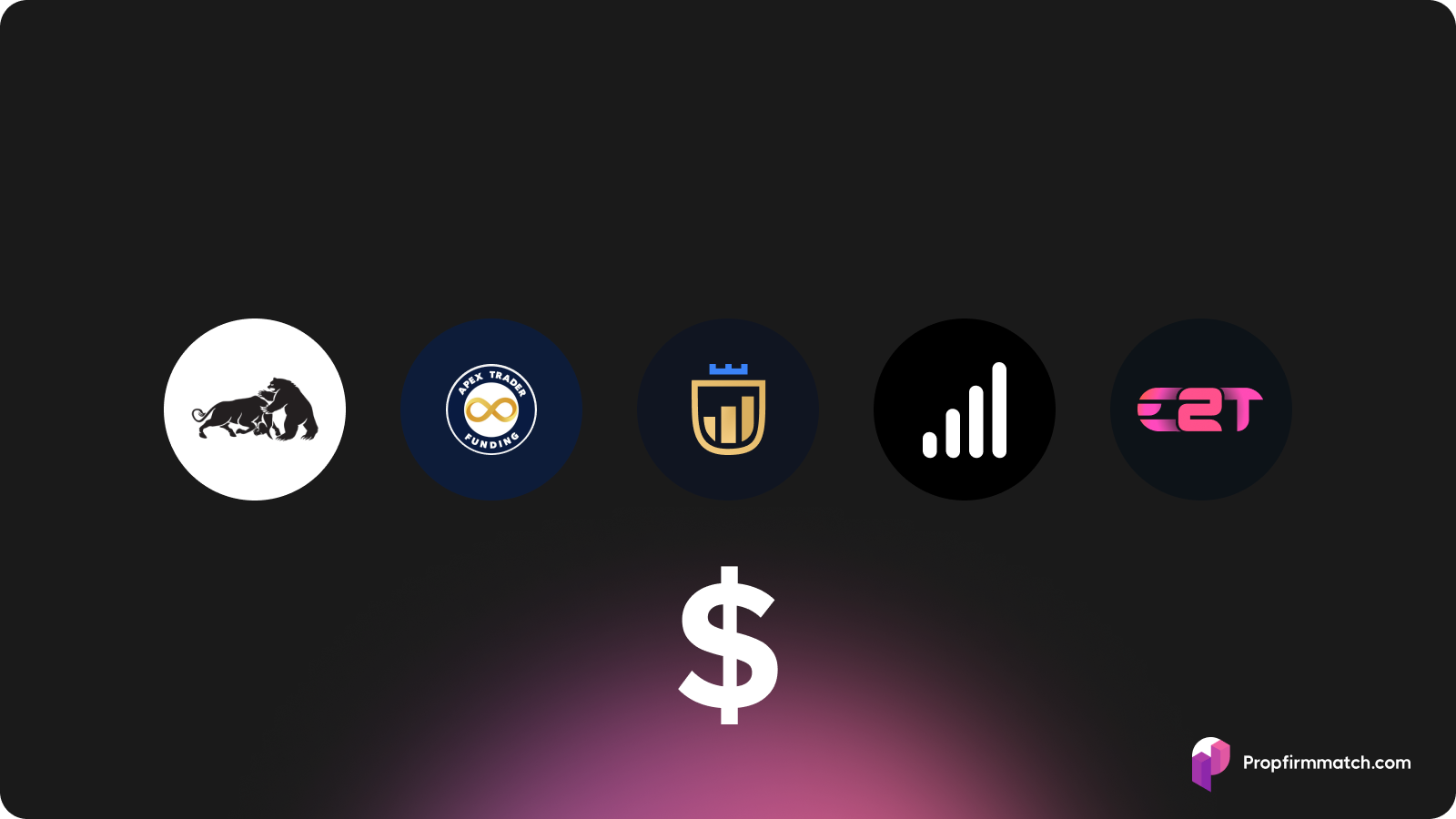It’s not a fairy tale where you just walk up and press a few buttons to have a funded futures account with a prop firm and start trading with six figures of other people’s money. Not at all. Prop firms are choosy, especially the respectable ones. And there is every reason for them to be. In essence, they’re giving you the keys to a powerful trading engine and hoping you don’t blow it up.
What precisely are these companies seeking, then? What distinguishes the trader who receives funding from the one who gives up following the evaluation stage? Before trusting you with a financed futures account, let’s find out what prop companies truly want to see.
Let’s Talk About Futures Trading
Futures are agreements that provide you to purchase or sell an item at a fixed price at a future date. These days, they are widely utilized in financial markets like the S&P 500 futures, commodities like gold futures, wheat, and oil, and even cryptocurrency. Their leverage is what draws traders to them. Why are they dangerous? Their leverage.
Prop companies, too? They adore futures because if you know what you’re doing, there are plenty of opportunities, the markets are quite liquid, and the volume is enormous.
Prop Firms Aren’t Just Looking for Profitable Traders
Profitability is important but it’s not the only thing that matters. In fact, a trader who pulls in 20% returns while swinging for the fences and risking it all on every trade is way less attractive than someone making a steady 5% with tight risk management.
So what are the real criteria prop firms are using? Let’s see.
Consistency Over Home Runs
One of the biggest misconceptions about getting funded is thinking you need to post crazy numbers. Like if you’re not doubling your demo account in a month then you’re not good enough.
Most futures trading prop firms aren’t impressed by a single lucky streak. What they really want is consistency. That means:
- A stable equity curve
- Profits spread out over time, not just from one or two trades
- Consistent position sizing and strategy execution
Basically, they want to see that you’re not just gambling and hoping to get lucky. You’ve got a plan and you can stick to it even when things get a little shaky.
Risk Management is Non-Negotiable
You’ve probably heard this a million times but we’re gonna say it again that risk management is everything.
Prop firms are in the business of protecting their capital. If you don’t respect risk then you’re a liability, plain, and simple.
So what do they want to see?
- Max drawdowns under control (usually less than 10%)
- Small, calculated risks per trade (typically 1–2% max)
- Use of stop losses
- Not overleveraging your position sizes
If you’re the type who keeps moving your stop further and further just to avoid taking a loss, that’s gonna get you disqualified fast.
A Solid Strategy That’s Actually Repeatable
Prop firms aren’t in the business of funding vibes. They want to see a method behind your trades.
It doesn’t matter whether you’re scalping the open, swing trading breakouts, or using volume profile to hunt reversals as long as your strategy:
- Has clear rules
- Is applied consistently
- Can be replicated over time
They’ll usually be looking at your trade logs to see if your entries and exits line up with your claimed approach. If you say you’re a trend trader but half your trades are countertrend scalp attempts then that’s a red flag.
Emotional Discipline
Futures markets can be intense. One second you’re up $800 and the next you’re down $1,200 because of a rogue CPI print or Fed speaker. Prop firms know this and they’re watching how you handle stress.
Can you:
- Stick to your plan after a losing streak?
- Avoid revenge trading?
- Stay patient and not force trades out of boredom?
These are the kinds of traits they’re lowkey testing you for in their evaluation phases. Anyone can make good decisions when things are going well. The real test is what you do when the market punches you in the gut.
Low Drawdown = High Trust
Most prop firm evaluations include drawdown limits both daily and overall. Hit that limit and you’re out. Firms aren’t just protecting themselves with those limits. They’re using them to assess you. Traders who can stay well within drawdown thresholds signal one very important thing—they know how to manage risk even under pressure.
The lower your drawdown relative to your returns, the more attractive you are. This is what traders call a high Sharpe ratio. But you don’t need to be a quant nerd to understand it—it basically means “you make money without doing dumb stuff.”




